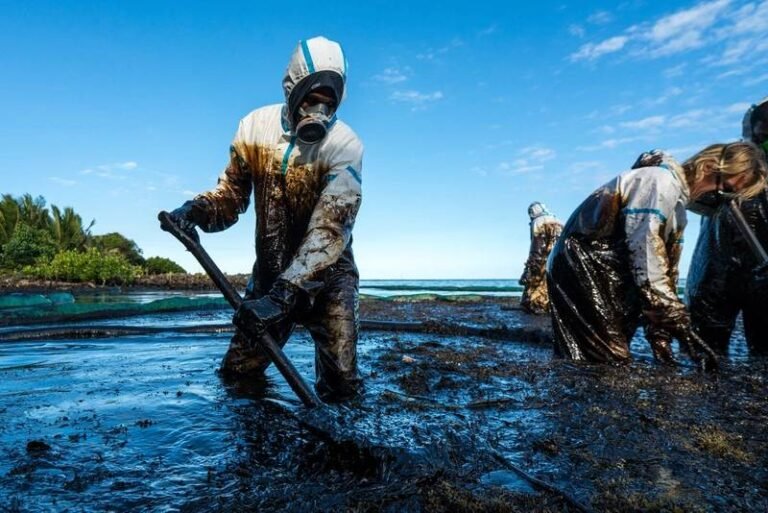The Evolution of Maritime Navigation: The S-100 Framework
The S-100 framework is a revolutionary global standard developed by the International Hydrographic Organization (IHO) in collaboration with hydrographic offices worldwide. This framework enables the seamless integration of diverse datasets into a single Electronic Chart Display and Information System (ECDIS).
Mariners now have the capability to combine various data layers with Electronic Navigational Charts, incorporating detailed depth information, and real-time data on tides and currents, enhancing situational awareness and decision-making, particularly in coastal waters and ports.
Building on the digital foundation of S-57, the standard for electronic navigational charts since 1992, the S-100 framework introduces a range of product specifications such as Electronic Navigational Charts (S101), Bathymetric Surface (S102), Water Level Information (S104), Surface Currents (S111), and more.
As the S-100 framework continues to evolve, its applications extend beyond navigation, potentially supporting integration across the wider maritime sector. For instance, in marine pollution control, tide and current information provided by the S-100 framework could play a critical role in implementing effective mitigation measures.
Dr. Parry Oei, Advisor at the Singapore Maritime and Port Authority, highlighted the broader implications of the S-100 framework, emphasizing the importance of protecting the marine environment, ensuring food security, and addressing climate change.
Thomas Mellor, Head of Technical Partnerships at the UK Hydrographic Office (UKHO), emphasized the role of S-100 data in mitigating risks during bunkering operations, enabling vessels to plan their approach based on key data sets such as tidal streams, water levels, and surface currents.
The Canadian Hydrographic Service (CHS) is at the forefront of validating new digital hydrographic standards, with upcoming S-100 sea trials on the St. Lawrence River. These trials will further demonstrate the practical applications and benefits of the S-100 framework in real-world maritime operations.

